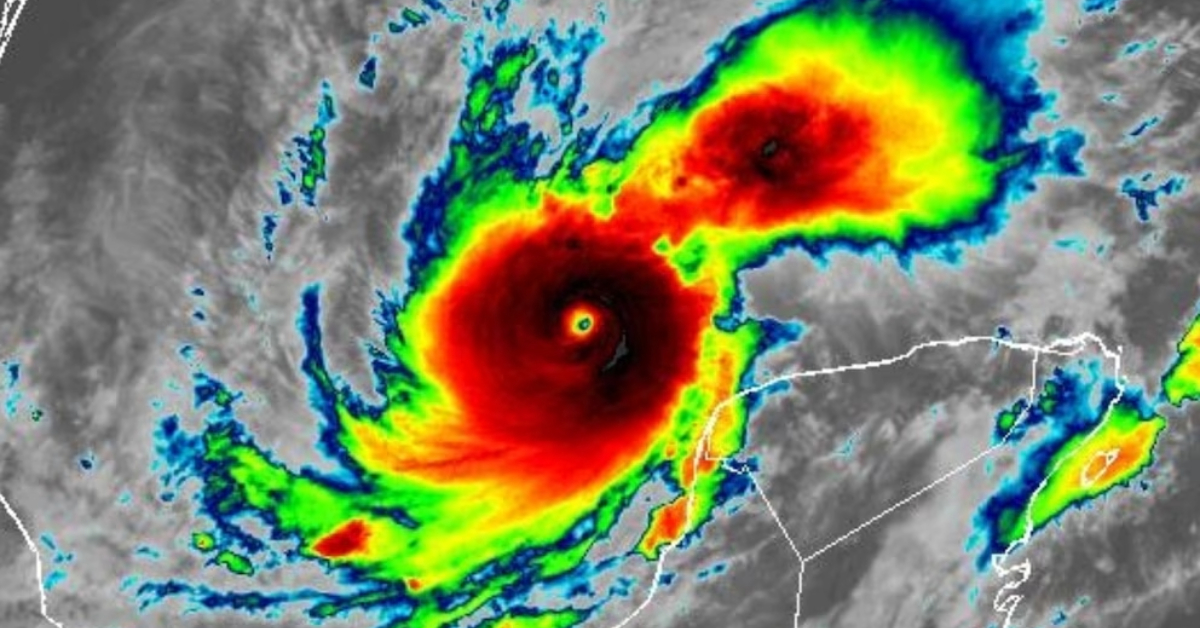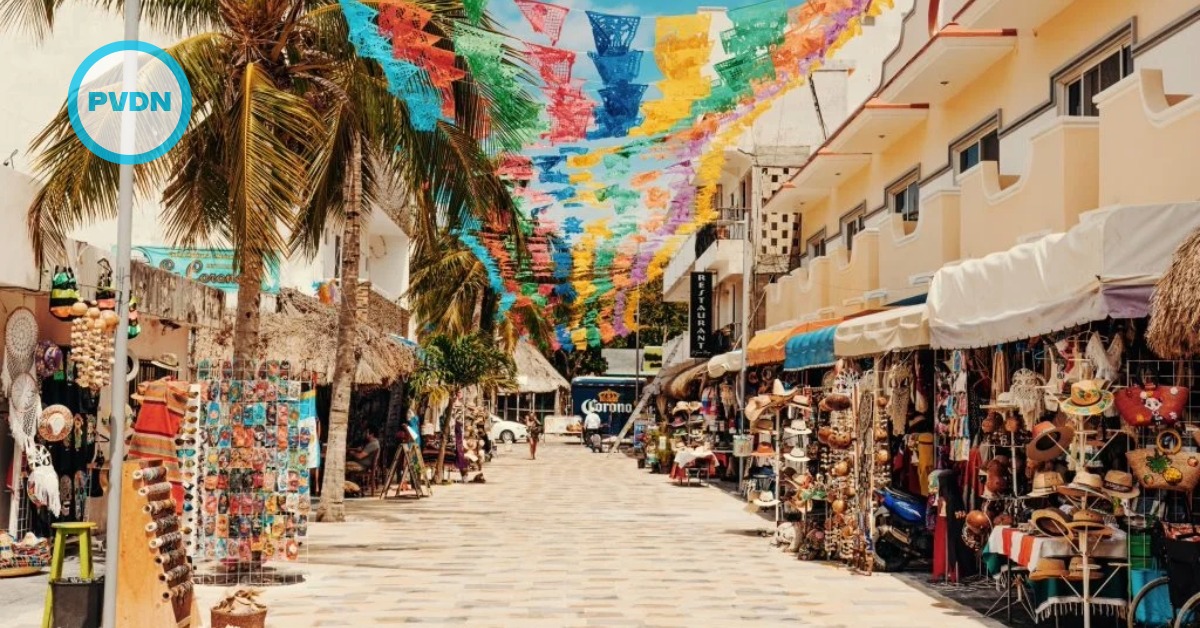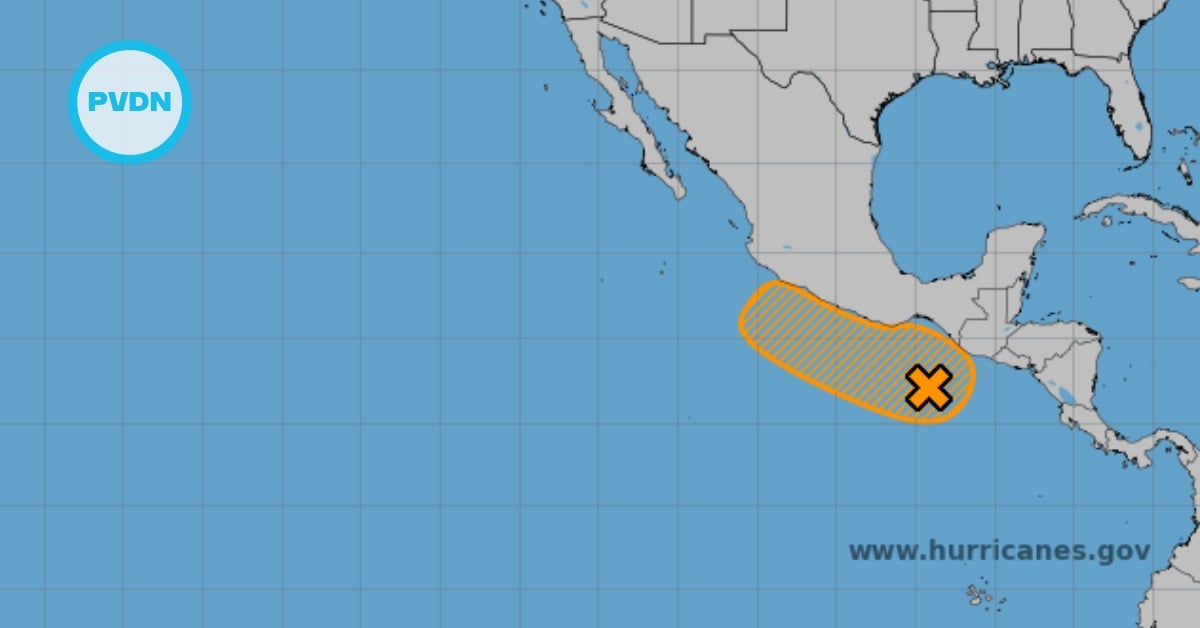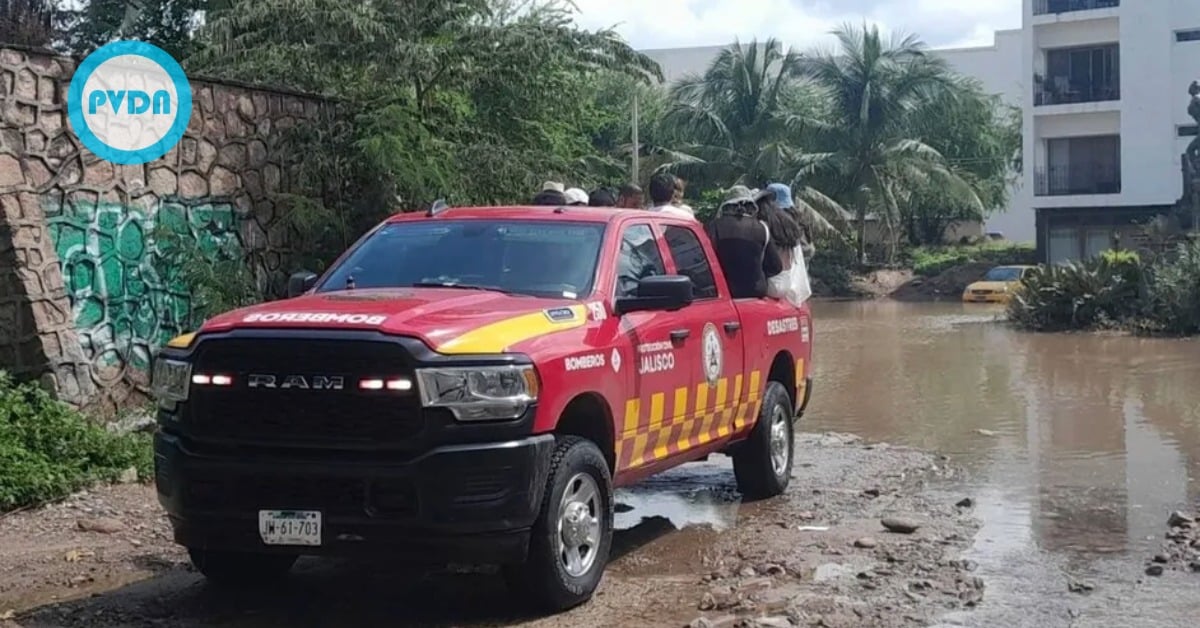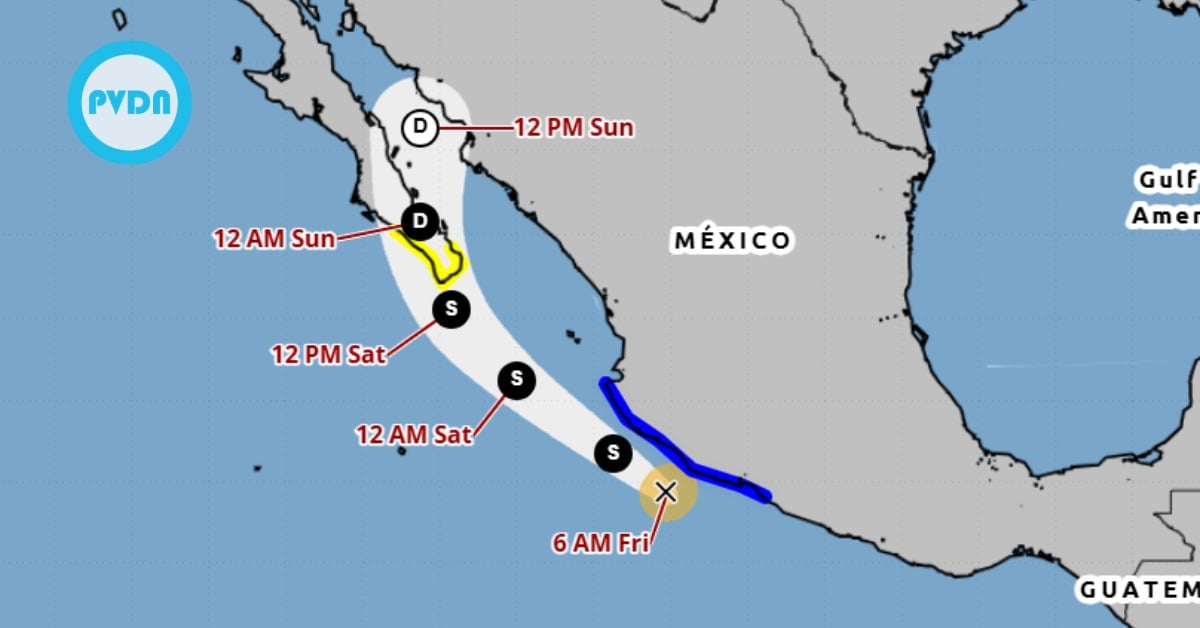Puerto Vallarta, Mexico - The 2025 Pacific hurricane season officially opens on May 15 and will continue through November 30 in the Eastern Pacific basin, with the Central Pacific season running from June 1 to November 30. Routine Tropical Weather Outlooks east of 140° W by the National Hurricane Center will resume on May 15, while the Central Pacific Hurricane Center will begin issuing routine outlooks on June 1, aligning with the conventional season dates that historically encompass the majority of tropical cyclone formation in these regions.
